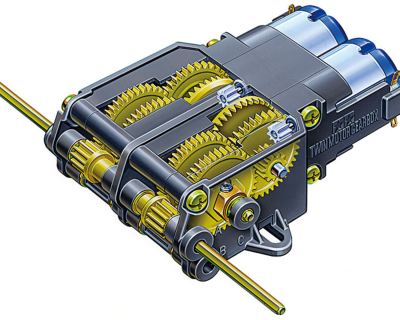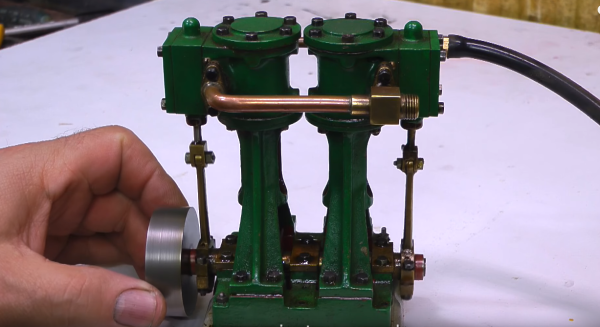We’re saddened to report the passing of Shunsaku Tamiya, the man behind the Tamiya line of models. What was surprising about this, though, is how many of our readers and writers alike felt touched by the Tamiya model company. I mean, they made great models, and they’re definitely a quality outfit, but the outpouring of fond memories across a broad spectrum was striking.
For example, we originally ran the story as breaking news, but our art director Joe Kim spent a good part of his childhood putting together Tamiya kits, and felt like he absolutely had to do a portrait of Mr. Tamiya to pay his respects. I presume Joe is more on the painting-the-models end of the spectrum of Tamiya customers, given his artistic bent. Jenny’s writeup is absolutely touching, and her fond remembrances of the kits shines through her writing.
 Myself, I’m on the making-small-robots end of the spectrum, and was equally well served. Back in the early ’90s, the “twin motor gearbox” was a moderately challenging and tremendously rewarding build for me, but it was also the only variable-ratio small motor gearbox that we had easy access to for making small bots to run around the living room.
Myself, I’m on the making-small-robots end of the spectrum, and was equally well served. Back in the early ’90s, the “twin motor gearbox” was a moderately challenging and tremendously rewarding build for me, but it was also the only variable-ratio small motor gearbox that we had easy access to for making small bots to run around the living room.
Indeed, the Tamiya line included a whole series of educational models and components that were just perfect for the budding robot builder. I’m sure I have a set of their tank treads or a slip clutch in a box somewhere, even today.
It’s nice to think of how many people’s lives were touched by their kits, and to get even a small glimpse of that, you just need to read our comment section. We hope the company holds on to Mr. Tamiya’s love for quality kits that inspire future generations, whether they end up becoming artists, engineers, or simply hackers.













